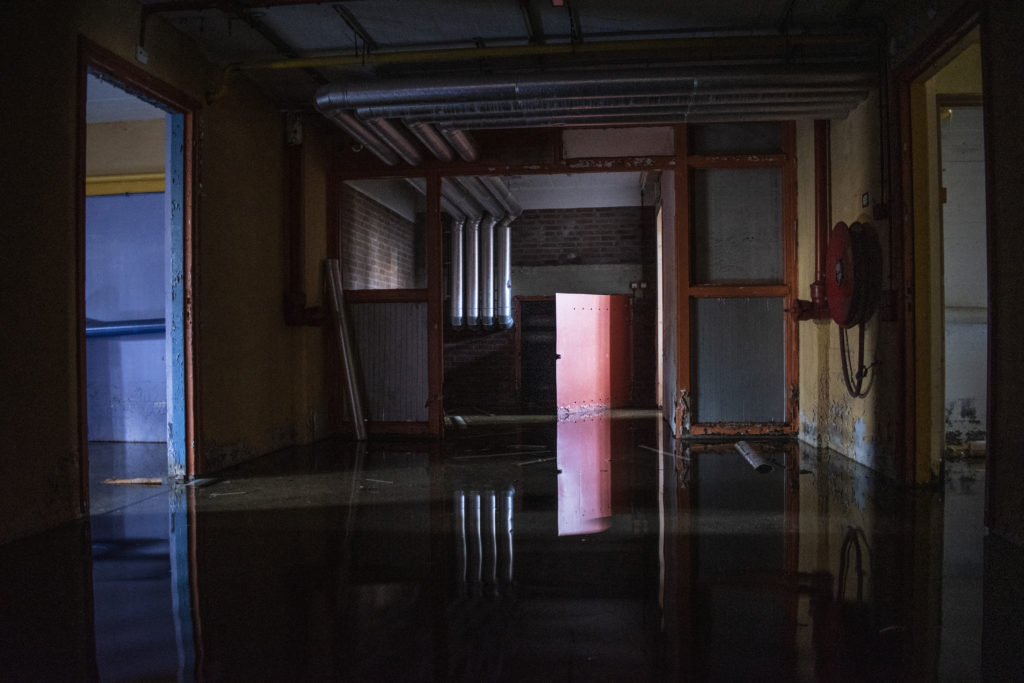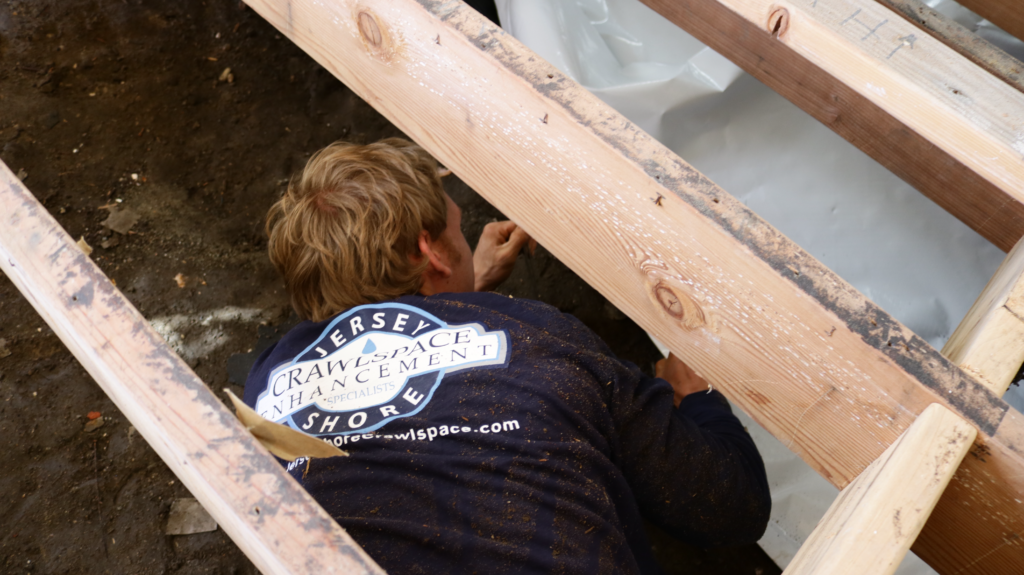Standing Water in Crawl Space: Causes, Treatment & Dangers
One of the most horrible and expensive problems that your home can face is water damage. Standing water not only affects the building materials with which it comes into contact, but it also provides a breeding ground for other problems. Typically when one thinks of water damage, you think of flooding or leaky pipes inside the home—however, sometimes the issue isn’t so obvious.
When was the last time you checked your crawl space for water? Standing water under your home in the crawl space area will result in just as much harm as water that reaches your home at floor level. If you haven’t searched for standing water in your crawl space lately, then it’s time to head down for a quick inspection.
Standing water in the basement or crawl space is something that no homeowner wants to find, but it’s the reality for many homeowners. The first step in solving this problem is to know the causes, solutions, and hazards of standing water in the basement or crawl space.
The Causes

No two houses are built the same, so no two moisture problems are ever going to be the same. However, there are a few main causes for water in the basement or crawl space:
- Groundwater: The soil around the foundation can become saturated after periods of heavy rain or snow. Water from the surrounding soil pushes against the walls of the foundation, eventually finding its way in.
- Surface Water: gets into the crawl space is typically from roof drainage, overflowing gutters, grading issues, or leaky basement windows and window wells.
- Plumbing Issues: a plumbing leak or a burst pipe can introduce water into the crawl space. Even with a vapor barrier in your crawl space, the water will sit on top of the liner until it evaporates.
MOISTURE FROM GROUND
Exposed dirt makes it possible for moisture to infiltrate the crawl space, so test your crawl space’s flooring to see if there is exposed soil. Moisture can seep in through exposed soil due to rainwater and insufficient landscaping or drainage around the home ‘s base.
FOUNDATION VENTS
If your home has foundation vents, you’ll want to be sure that water isn’t finding its way into your crawl space through these vents. Some ways to tell if the water is coming through a foundation vent is to determine if the home is sloped towards the vent. It is also important to check the vent screen as well to see if there are any signs of water seeping in.
CRACKS IN FOUNDATION
Cracks in your home’s foundation are another possible source of water entry. Do a complete inspection of your home’s foundation to determine if there are any cracks where water could be getting through. In most cases, if the water is getting through the cracks, there will be visible signs of this.
LEAKING PIPES
Leaking pipes are another cause for standing water in a crawl space, so be sure to have all of your pipes and plumbing systems checked for any leaks. With the water turned on, you should be able to tell if a leaking pipe is the source of the water.
CLOGGED LOW-POINT DRAIN
Does your home have a low-point drain installed in the crawl space? These drains allow for water to drain out of the crawl space under the ground and into a nearby street. When installed without a filter, these drains can become clogged easily. If you check your low-point drain and find that it’s underwater, then it’s most likely clogged.
The Treatment

Just like how every home is unique, so is our approach. It all begins with our 22 Point Inspection Report. This report fully evaluates the conditions of each component of your crawl space. This includes reporting on your floor and pipe insulation, the dryer vent, moisture readings to ensure you are not at risk for mold and termite activity, air leaks, foundation cracks, and much more.
You will be provided a detailed explanation of our findings, our set of recommendations, and pricing on the spot for any recommendations to enhance your crawl space.
Our approach to resolving moisture issues within the home, including standing water, consist of some or all of the following services:
WATERPROOFING
Waterproofing your crawl space is one way to keep water out if the source of the water is coming from the outside. When waterproofing your crawl space, be sure to waterproof both the exterior and interior.
VENTILATION
Proper crawl space ventilation is another must no matter what the cause of the standing water is. Aside from installing great ventilation, be sure to install a crawl space humidifier and ventilation fans as well.
ENCAPSULATION
A vapor barrier or an encapsulation system will help keep your crawl space separate from the ground and earth around it. This will help keep moisture from the ground out of your crawl space.
INSTALL A SUMP PUMP
Installing a sump pump is a great way to remove standing water from inside the crawl space. There are several different types of sump pumps that you can choose from. Be sure to speak with a professional about which type is best for you.
The Dangers
There are several dangers associated with standing water in the basement and/or crawl space under your home. It’s important to remember these dangers and keep an eye out for them to avoid any headache or costly repairs down the road.
PESTS AND RODENTS
The moisture in your basement and/or crawl space will attract a variety of pests and rodents. Once these pests find water and a warm place to sleep, it’s very hard to get rid of them as they won’t leave on their own. Urine and feces from these pests will buildup under your home, creating an unhealthy environment for you and your family.
MOLD AND MILDEW
Mold and mildew will begin to grow in a wet basement and/or crawlspace. The mold will begin to seep through your home’s floorboards. Rot will also find its way onto your floorboard, eventually warping them.
Even though these issues are happening under your home, it’s critically important to resolve the issues before they make their way into the rest of your home and affect your family’s air quality.
